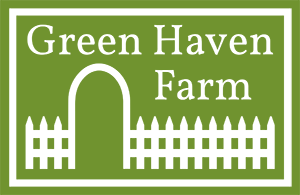Plant Profile – Solidago rugosa ‘Fireworks’
By Cathrine St.Clair
Our native Goldenrods (Solidago species) provide beautiful flowers in fall and are one of the best plants species to add to a wildlife garden. Many native bees depend on it for survival. 115 species of moths and butterflies are known to use Goldenrod for food or shelter. Monarch butterflies rely on Goldenrod nectar to fuel up for their migration. Several caterpillars feed exclusively on goldenrod, providing food for birds. In winter birds eat Goldenrod seeds.
Solidago rugosa ‘Fireworks’
Goldenrod gets accused of causing fall allergies, but allergies are actually caused by wind pollinated Ragweeds blooming at the same time.
There are many different species of goldenrod that can tolerate different conditions from woodland shade to hot, dry sun. The common goldenrod (Solidago canadensis) can self-seed prolifically and is probably best used in meadow areas or naturalistic plantings. But Solidago rugosa ‘Fireworks’ is a different native species, known as rough goldenrod. It is showier and is not known to be an aggressive seeder. However, the seed heads can be removed after flowering if there are concerns.
Solidago 'Fireworks' has lacy wands of flowers that resemble exploding fireworks in the fall. The flowers are fragrant and covered pollinators when in bloom. The foliage is a nice dark green that contrasts well with the flowers. ‘Fireworks’ makes a great cut flower too.
It grows about 3 feet tall and wide. It prefers full sun and moist soil, but can tolerate some drought and also wet soils – even periods of standing water, making it useful in rain gardens. ‘Fireworks’ can also tolerate some shade but will bloom less and may flop in heavier shade.
This a fairly self-sufficient plant. It requires no fertilizer, no staking and, rarely if ever needs supplemental water. It is generally pest and disease resistant but plants should be divided every few years to keep it in bounds and ensure decent air circulation.
Grow some gorgeous goldenrod – you won’t regret it.


